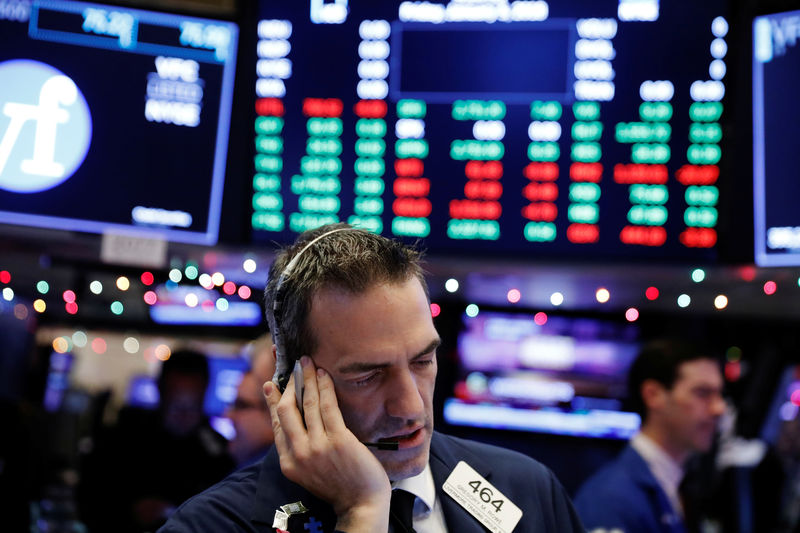

Asian and European investors are showing early signs of renewing their demand for longer-term U.S. corporate bonds, after yields have started stabilizing, and the result could be better performance for the securities.
Source: Bloomberg
Tuesday saw the most overnight demand for U.S. corporate debt since October 15, with more than $359 million being sold to overseas investors, according to JPMorgan Chase & Co. strategists. Total returns for company bonds maturing in 10 years or more, which are often favored by foreign money managers, rose 1.8% between Thursday’s close and Tuesday, their biggest three-day gain this year, according to Bloomberg Barclays index data.
Domestic demand is increasing too, and much of it is driven by the fact that Treasury yields seem to be finding an equilibrium level after a significant selloff, according to JPMorgan. The 10-year U.S. Treasury yield was around 1.63% on Wednesday, up just about 0.013 percentage point after having fallen for two straight sessions.
DWS North America is among domestic debt buyers finding long-dated high-grade debt attractive, as long as interest-rate fluctuations stay relatively subdued, said Gregory Staples, head of fixed income at the firm, which oversees about $900 billion globally.
“For the first time in over a year, investors are able to get yields close to 4.00% for high-quality credit assets,” said Staples in an email. “This has brought out buyers from long-duration pension plans, as well as many overseas buyers.” Demand may pick up further after the first quarter, especially if yields continue to stabilize, JPMorgan strategists led by Eric Beinstein wrote in a note. And Taiwanese life insurance companies, which have historically been significant buyers of U.S. corporate bonds, particularly longer-dated ones, are buying more of the securities as interest-rate fluctuations slow down, according to Bank of America Corp. high-grade credit strategist Hans Mikkelsen. Investors don’t want to buy bonds that are at risk of losing value soon.
“They are afraid of catching a falling knife,” Mikkelsen said. “They want to make sure interest rates are relatively stable at these higher levels otherwise they’ll just sit on the sidelines and wait for interest rates to go up more.” Intermediate- and long-term Treasuries have been clobbered this year as federal stimulus payments have stoked concerns about possible future inflation. The 10-year Treasury yield has jumped more than 0.7 percentage point, triggering the biggest losses at the start of a year in four decades for investment-grade debt.
BNP Paribas SA likes long-end investment grade the most. After yields have risen this year, it’s cheaper for pension funds, life insurance companies and foreign investors to buy the securities, according to Dominique Toublan, head of U.S. credit strategy at the firm.


